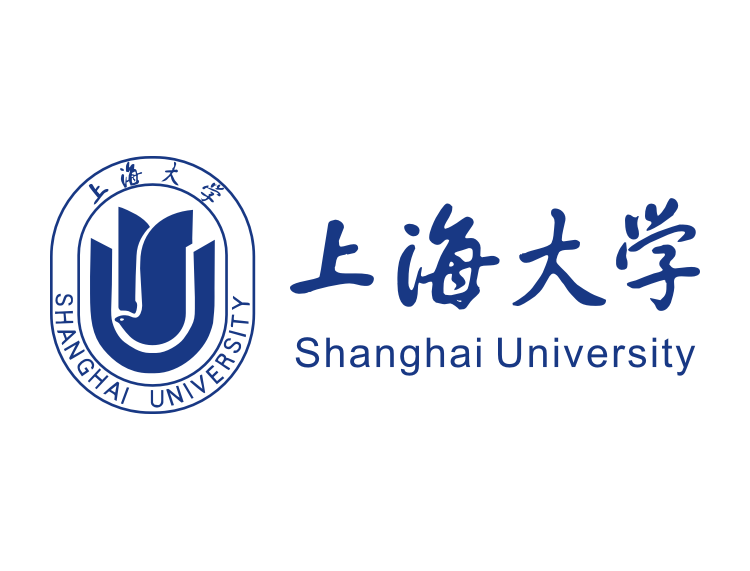Sonia R. Raga, 加泰罗尼亚纳米科学和技术研究所, 博士
(Dr. Sonia R. Raga, Catalan Institute of Nanoscience and Nanotechnology)

Dr. Sonia R. Raga is a Junior Leader fellow funded by laCaixa- Marie Slodowska Curie actions, conducting her project since March 2020 at the Catalan Institute of Nanoscience and Nanotechnology (ICN2, Spain). Her main project is the interface engineering of perovskite solar cell interfaces to achieve high stability. Her research interests include the identification of the physical mechanisms limiting the performance and stability of hybrid organic-inorganic devices, including ionic motion and interface interactions between perovskite and selective layers.
Dr. Raga obtained her M.Sc. (2011) and Ph.D. (2013) on Nanoscience and Nanotechnology at the Physics Department of the Universitat Jaume I (Spain), working on organic and dye-sensitized Solar Cells and specialised on frequency-resolved electrochemical measurements. Dr. Raga joined as a postdoctoral researcher the Okinawa Institute of Science and Technology (OIST) (Japan, 2013-17) and Monash University (Australia, 2017-20). She has over 7 years experience on perovskite devices, including new synthesis methods, device fabrication and surface science and electrical characterization to understand the device physics. Dr. Raga has a total of 43 publications (h-index 27), 5 patents and 1 book chapter.
Title: Impedance Spectroscopy Applied to Perovskite Solar Cells
Date: Nov. 27, 2020 (Friday) 15: 00
Venue: Room 408, MGI
Abtract:
Perovskite solar cells have revolutionized the photovoltaics landscape due to their excellent performances over 25% and the potential low fabrication costs. The commercialization of these devices will be imminent after solving the poor stability issue. Achieving long term operation under illumination and weather conditions requires further work optimizing the perovskite material and its interfaces with the selective contacts. An unavoidable part of this research is to investigate the mechanisms causing device failure. For that, non-destructive and in-situ characterization of full solar cells is a requirement to obtain information under real operation conditions. Impedance spectroscopy is a valuable tool for this purpose thanks to its simple setup to conduct a measurement and speed. However the data analysis and interpretation is not straight forward thus many researchers are reluctant to use it. In this talk, I will provide a comprehensive introduction to this technique as well as a practical example of application. The technique will be applied to understand the mechanisms causing a gradual increase of the device performance under light soaking.
